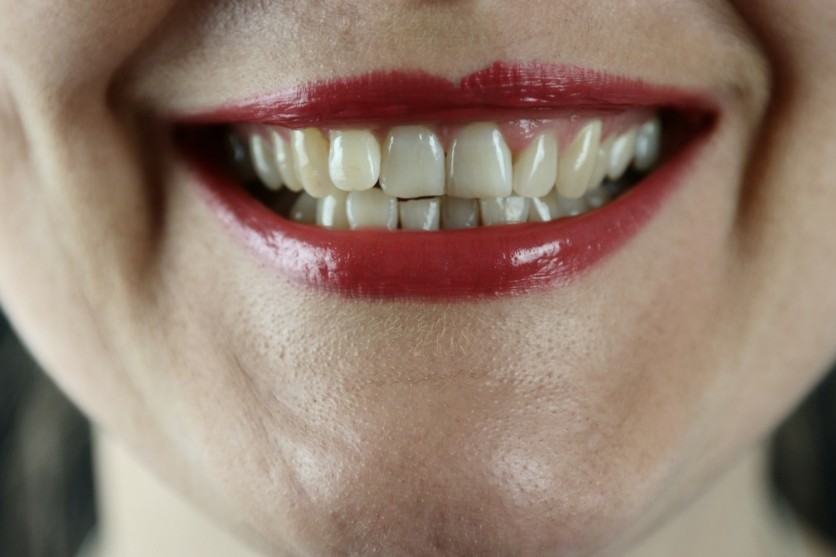
New research using artificial intelligence and 3D imaging technology has discovered each person's tongue surface is unique. Isn't the human body amazing? After analyzing thousands of detailed scans of the human tongue, the study found that every person's tongue has a distinct papillae pattern, which is one of a kind.
The incredible findings don't just stop there—other key details include the fact that the study's AI model could predict personal characteristics based on the person's tongue. It could predict the person's age and gender with up to 85% accuracy based on tongue features alone.
If you're working in the medical industry, oral health, or studying a related course, for instance, an accelerated BSN online—this new research will pave the way for new advancements in the field.
The Human Tongue and Papillae
Did you know your tongue is a muscular organ? It's an important part of the digestive system, made up of an extremely movable set of muscles. The muscle aids with chewing, breathing, and speaking.
The tongue runs from the hyoid bone, which is located in the back of your neck, to the floor of your mouth. It's anchored to your mouth by webs, created from strong tissue, and covered in a moist pink lining—known as mucosa.
The study involving the tongue's surface and its findings most specifically focus on the bumps that cover the surface of your tongue—the papillae. Various types of papillae cover your tongue, which include filiform, fungiform, circumvallate, and foliate.
- Filiform – located at the front of your tongue, it has a thread-like appearance. Unlike the other types of papillae, it doesn't contain any taste buds.
- Fungiform – these papillae get their name from their mushroom-like shape. It covers mostly your tongue's sides and tip. Unlike filiform, they contain taste buds—approximately 1,600.
- Circumvallate – these types of papillae are larger than the other types and contain around 250 taste buds. The circumvallate papillae are located on the back of your tongue.
- Foliate – these types of papillae are located on the back portion of your tongue. People typically only have about 20 foliate papillae, which altogether contain around several hundred taste buds.
The AI Model
The artificial intelligence in the study analyzed over two thousand detailed scans from fifteen individuals. The results offered an unprecedented insight into the biological makeup of the tongue's surface and how touch and taste can differ from person to person.
This level of insight is unprecedented and only made possible due to the advancements in artificial intelligence. The team of researchers used small volumes of data to train the artificial intelligence about the different types and features of papillae.
This allowed for the AI tool to be able to scan and predict the type of papillae with up to 85% accuracy. The tool could even be used to identify the subject's age and gender with an accuracy of 48% across the fifteen subjects.
The Future
This study brings the world of science closer to understanding the complexities behind the human tongue and its surface. This research could be used in a variety of fields, from the healthcare industry to even the food industry.
For example, one of the professors part of the research team discussed how this data could be used to optimize and personalize food experiences. For instance, they could personalize food for vulnerable people to taste better while also maximizing the nutritional content.
This research could also pave the way for early detection of oral health issues, such as cancer. In the United States alone, more than 50,000 people are diagnosed with oral cancer each year—there were at least 12,000 deaths in 2023 from oral cavity or oropharyngeal cancer.
One of the students who was part of the team discussed how in the future they plan to use the AI model along with geometry and topology to identify micron-sized features in other biological surfaces. This could be a useful tool in detecting abnormalities or unusual growths in human tissue.

Is oral cancer common?
This AI study on the tongue could be the light in the darkness for oral cavity and oropharyngeal cancer. These types of cancer occur most often in the tongue, as well as the tonsils, oropharynx, gums, and other parts of the mouth.
Statistics from the Cancer Organization website show that the earlier a cancer is detected, the better the chance of survival and a positive outcome. Currently, tongue cancer has a 5-year relative survival rate of 84%, but it lowers drastically as time goes on, and the cancer starts to spread.
When it comes to cancer, every second counts. The earlier it can be diagnosed and treated, the better. This study could be revolutionary in the field of oral health and medicine, making it possible not only to diagnose tongue-related cancer quicker—but also to lead the way for the future in detecting any abnormalities and growth in human tissue on a micron-sized level.
Tongue, Taste Buds, and Food
In the culinary world, this study does more than just prove tongues are unique to the individual, like fingerprints. Everyone has a unique "tongue print," and this could be the missing link that sheds new light on why people have different food preferences.
While, previously, the taste function of the papillae and the human tongue has been well researched, the differences in the shape, size, and pattern between individuals are still relatively new. This research shows that someone's favorite food could also come down to a biological level, based on the shape, size, and texture of our papillae.
Some theories believe that how food feels in your mouth could be based on the shape and texture of your papillae. This, in turn, could also influence how satisfying eating a certain food is, depending on how it feels on our tongue.
This study is ground-breaking, but is only the start of something bigger. The sample size for this research was quite limited, with only 15 participants—but it is laying down the groundwork for future studies.
More tests will need to be conducted in the future with a larger population of individuals. Further studies could provide insight into how biological factors might play into the cuisine someone likes or if any factors play into tongue features and medical conditions.
ⓒ 2025 TECHTIMES.com All rights reserved. Do not reproduce without permission.




